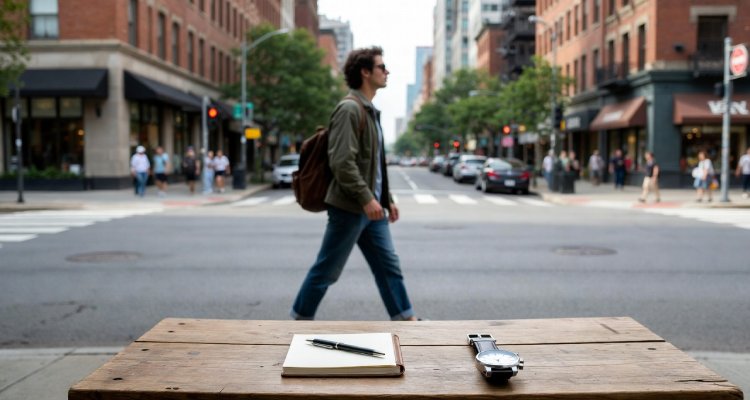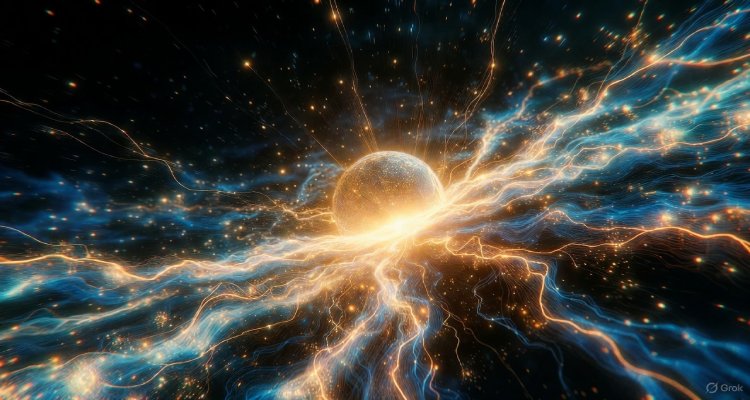The Bridges No One Dares to Cross—Even in Daylight
Some bridges inspire awe—not for their design, but for the chilling tales and real dangers that surround them. Explore the world’s most feared bridges—and the mysteries that keep people away, even when the sun is shining.
Introduction: Where Fear Is Set in Stone
Even in a world of steel, glass, and certainty, certain places awaken a primal fear that logic cannot silence. Across continents, there are bridges so infamous for tragedy, danger, or superstition that locals refuse to cross them—no matter how bright the midday sun. What makes these spans so terrifying? Are the reasons found in history, engineering, or something far more unsettling? Let’s step just close enough to peer into the shadowed legend of the bridges no one dares to cross.
Context & Background: More Than Architectural Marvels
Bridges symbolize connection—overcoming the impossible, linking lands and lives. Yet for every renowned architectural feat, there are spans shrouded in dread. Their reputations stem from a combination of treacherous engineering, tragic histories, or uncanny phenomena. From precarious mountain ropeways to concrete relics harbouring local lore, these crossings embody the human fascination with places where danger and the unexplained intersect.
The world’s most notorious bridges aren’t always the tallest or longest. Instead, their notoriety comes from persistent reports of hauntings, fatal accidents, and the psychological weight of their reputations. While urban legends often spice up their stories, documented incidents lend these bridges a gravitas that keeps locals and travelers alike at a cautious distance.
Main Developments: Legends, Disasters, and Real Hazards
The Overtoun Bridge, Scotland
Nestled near Dumbarton, Scotland, the Overtoun Bridge has achieved grim fame for a series of unexplained animal deaths—specifically, dogs leaping to their demise without warning. Researchers have noted the phenomenon, sparking debates among ethologists, paranormal investigators, and locals. Some blame supernatural forces; others point to the scent of nearby mink drawing animals off the edge. Regardless of explanation, many now actively avoid crossing, believing the bridge to be cursed.
The Hussaini Hanging Bridge, Pakistan
In the remote valleys of Hunza, the Hussaini Hanging Bridge swings precariously above the Borit Lake. Constructed of thin wooden planks separated by alarming gaps and secured by aging cables, the bridge creaks and sways wildly in the wind. Locals have dubbed it “the world’s most dangerous bridge,” and many will only brave it when absolutely necessary—and never alone. The fear isn’t unwarranted: stories abound of slips and falls, with the river below offering little hope for survival.
The Eshima Ohashi Bridge, Japan
Nicknamed the “Rollercoaster Bridge,” Eshima Ohashi straddles Lake Nakaumi in western Japan. Its impossibly steep ascents—designed to allow ship passage beneath—make it look surreal from a distance. While the bridge is structurally sound, its optical illusion and height provoke acute fear in many drivers. On certain foggy days, visibility drops so drastically that even seasoned locals pull over instead of attempting the crossing.
Egypt’s Qasr El Nil Bridge
Not all infamous bridges owe their reputation purely to design. Cairo’s Qasr El Nil Bridge is famous for its midnight mysteries—residents whisper about ghost sightings, unexplained sounds, and sudden chills descending no matter the temperature. Coupled with its history as a site of protests and tragedy, the bridge carries an emotional heaviness that keeps superstitious Egyptians away after dark…and, for some, during the day as well.
Expert Insight and Public Reaction
Bridge engineers highlight both structural flaws and psychological elements. Dr. Chiara Bianchi, a civil engineer specializing in infrastructure risk, explains:
“When a bridge’s visual cues or recorded accidents reinforce our innate sense of danger, that fear becomes embedded in community memory. Often, practical hazards—like missing planks or inadequate railings—combine with folklore to amplify avoidance.”
Psychologists link the fear of certain bridges to two factors: personal risk perception and social stories passed down through generations. Public reaction, as expressed online and in interviews, oscillates between pragmatic caution and the thrill of the unknown. While some travelers seek out these infamous sites for the adrenaline rush, locals often trust tradition—and avoid them except when absolutely necessary.
Impact & Implications: What Happens Next?
The reputation of these bridges has real-world consequences. Tourism can either boom or plummet; some regions capitalize on the notoriety by attracting thrill-seekers, ghost hunters, and YouTubers. In other cases, government closure or costly restoration is required as daily use grinds to a halt. The psychological toll is notable: for villagers dependent on these crossings, a blend of necessity and fear dictates daily life.
In the case of Scotland’s Overtoun Bridge, animal welfare activists have placed warning signs and even advocated for barriers to prevent future tragedies. Pakistan’s indigenous population pressures for safer replacements, though funds often fall short. In Japan, tourism boards have used Eshima Ohashi’s optical illusion effect for social media campaigns, leaning into the bridge’s eerie visual to entice visitors—with safety disclaimers.
Conclusion: Shadows Cast by Steel and Stone
The world’s most feared bridges are reminders that infrastructure is never simply about engineering—it’s about how people interact with place, rumor, and memory. Whether the cause is confirmed danger, chilling legends, or unexplained phenomena, these bridges endure as symbols of humankind’s persistent awe at the unknown. For some, they will always be a challenge to conquer; for others, warnings to heed. As long as these spans stand, their stories will continue to inspire wonder…and caution.
Disclaimer : This article is for informational and entertainment purposes only. All bridges mentioned should be approached with respect for local risk assessments, laws, and customs. Readers are urged not to visit dangerous or prohibited sites. The stories recounted here are drawn from a combination of news reports, expert opinions, and local legend.











